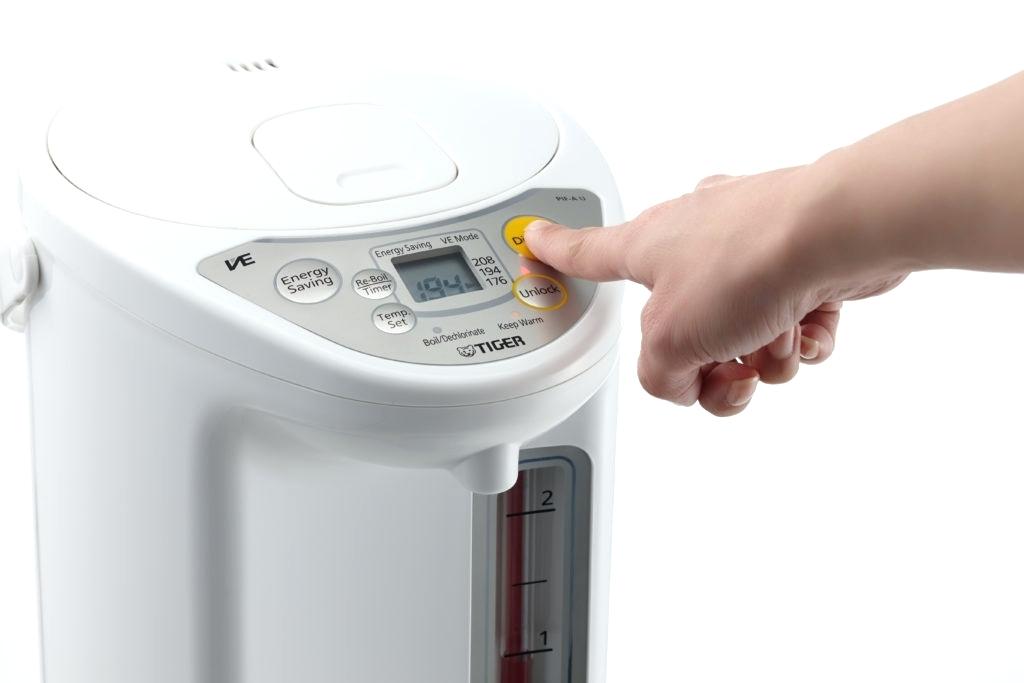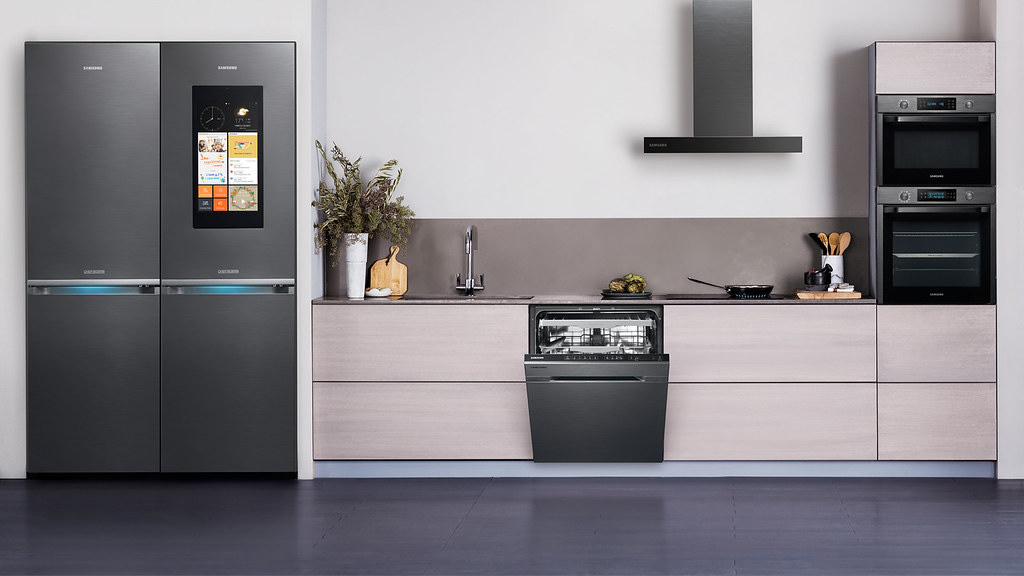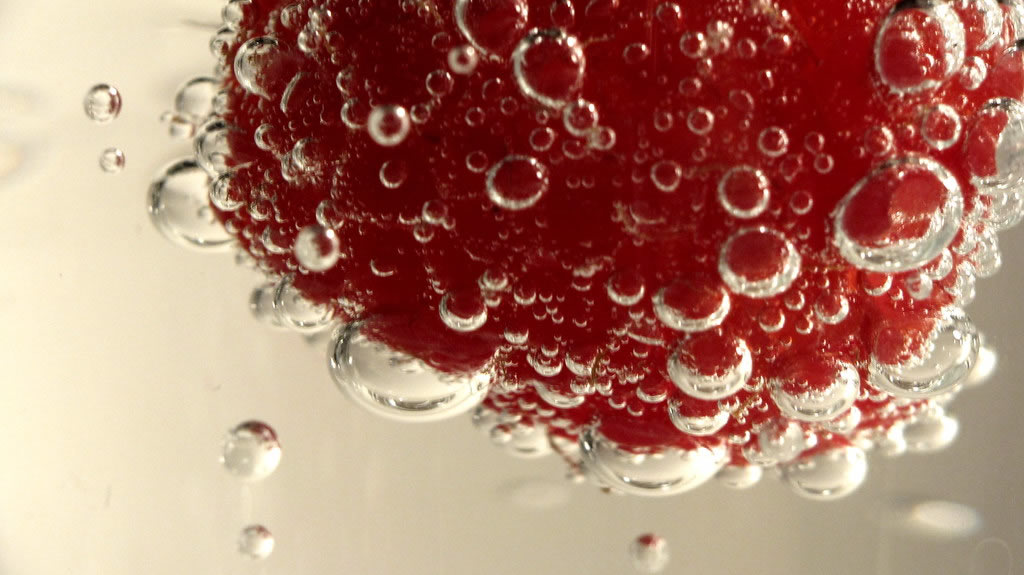Do you know how to clean the range hood? After each stir-fry, let the range hood continue to run for 30 seconds to 1 minute to remove the remaining oily fume and water vapor and unburned carbon monoxide out of the house.
Let’s learn the tips for cleaning the range hood together.
Range hood cleaning
1. Clean it while it’s hot after every use of the hood
Sticking to the daily cleaning of the hood on weekdays can save you the trouble of cleaning at the end of last year.
After each cooking, let the range hood continue to run for 30 seconds to 1 minute to remove the remaining oil fume and water vapor and unburned carbon monoxide out of the house.
While there is residual heat on the range hood, wipe the surface with a rag to wipe off the oil stains on the range hood easily and keep it clean and not greasy.
2. Do oil-proof treatment before using the new range hood
Before using the new range hood that you bought, sprinkle a thin layer of soap powder on the two oil storage boxes, and then pour about one-third of the water.
In this way, the recovered oil floats on the water instead of condensing on the wall of the box.
When the waste oil is almost full, it can be processed in the same way.
How is the range hood oil-proof?
Before starting, we can use a slightly damp cloth dipped in detergent for washing dishes, do not add water, wipe the body, and wipe the fan blades as much as possible.
After it dries naturally, the detergent coating to prevent the oil fume from sticking is completed.
After a period of time, if the body feels sticky to the touch, it is time to clean the body.
Because of the “protective coating” between the oil and the fuselage.
Therefore, if you wash the body directly with hot water at 80°C, the oil will be washed off first.
After the cleaning work, don’t forget to apply the detergent on the fuselage again, apply it a little thicker, and control the humidity at no dripping, and then cover the switch with plastic wrap.
3. Cleaning of oil net and oil storage box
The oil net can be slowly removed with a screwdriver, sprayed with degreaser, put it in a plastic bag, let it stand for 15 minutes and then take it out, pour 80℃ hot water into the basin and wash it carefully with a rag.
If the grease on the oil screen is very thick, you can also use a thin bamboo sheet to gently scrape off some of the greases before cleaning.
Paste a layer of cling film inside the oil storage box.
A part of the cling film must extend beyond the oil storage box and completely cover the inner surface of the original box to allow oil fume to be adsorbed on the plastic film. Replace it every once in a while.
Or you can use the plastic pudding cup or paper cup to replace the original oil storage box.
As long as you change it regularly, you can save the trouble of cleaning and difficult to clean.
4. Four tips for fan blade cleaning
Do I have to use a degreaser to clean the range hood fan blades?
Not necessarily.
Although degreaser has a strong ability to saponify and emulsify the oil on the fuselage and fan blades, cover the table below the range hood with newspaper, spray degreaser on the fuselage and fan blades, and turn on the range hood after a few minutes.
Using the centrifugal force of the fan to pump away the degreaser and the molten oil.
Wipe it again with a wet paper towel, and the body and fan blades are clean.
However, a degreaser is a chemical product after all, which has a certain stimulating effect on the skin and respiratory mucosa, so we should use less.
Here are four “free degreaser” fan degreasing methods, you can try them.
Step 1: Dishwashing liquid, vinegar soaking method. Carefully remove the fan blades and soak them in a pot of hot water mixed with 2 ml of detergent and 50 ml of vinegar.
After soaking for about 15 minutes, scrub with a clean cloth. The body of the range hood is also cleaned with this solution.
It is necessary to keep the humidity of the solution at about 60°C for good detergency.
This self-prepared cleaning solution has been proven to be non-irritating to the skin and intraocular mucosa of the hands, non-corrosive to the range hood, and the surface remains the original luster after cleaning.
Step 2: Pressure cooker steam flushing method. Put half a pot of cold water in the pressure cooker and boil.
When the steam is continuously discharged, remove the pressure limiting valve, open the range hood, and aim the steam water column at the rotating fan blade.
As the high-hot water steam continuously washes the fan blades, the oily sewage will flow into the waste oil box along the oil drain tank.
Step 3: After the brushed fan blades are dried, apply a layer of office glue.
After a few months of use, tear off the oil stains on the fan blades, and all the oil stains are stained on the glue layer, which is convenient and clean for cleaning.
Step 4: First spread newspaper on the stove, turn on the switch of the range hood to “preheat” the fan blades for two minutes, spray detergent on the fan of the range hood, turn off the range hood, let it stand for three minutes, and then set it at 60°C.
The hot water is sprayed into the fan of the range hood, and then the switch is turned on to allow the dissolved oil to drip into the oil storage box to complete the cleaning.
The common sense of range hood maintenance
1. Please wipe the shell with a cloth moistened with a neutral detergent, and then wipe it with a dry cloth.
2. If it is not used for a long time, unplug the power plug of the range hood or disconnect the main power directly.
3. When disassembling the wind wheel, please turn it clockwise, loosen the “hand tightening nut”, and then remove the wind wheel.
4. The oil cup is difficult to clean. You can cover the oil cup with “plastic wrap” for easy cleaning.
5. On the top of the hood, a layer of newspaper can be laid to absorb the oil on the top. Regular replacement of the newspaper can keep the top clean.
6. If the air outlet pipe is exposed outside the (cabinet), a layer of “plastic wrap” can be wrapped on the outside, and the “plastic wrap” can be replaced regularly to keep the outside of the air duct clean.
7. After each dishwashing, use dishwashing water to wipe clean the visible oil on the outer surface.
8. It is strictly forbidden to rinse the range hood directly with water to prevent water from entering the electrical components.
9. The range hood should be turned on for 1-2 minutes before cooking to get a better effect of removing oil fume.
After cooking, continue to open for 1-2 minutes to completely drain the remaining oil fume.
Precautions for use of range hood
1. Many users turn off the range hood immediately after cooking, which does not play its role.
The correct way to use it is to turn it on at the beginning of cooking, and then turn it off after 5-6 minutes after the entire cooking.
In this way, the harmful gas remaining in the kitchen can be exhausted to the greatest extent, so as not to stay in the kitchen to prevent harm to human health.
2. When using the range hood, do not directly let the range hood face the burning gas hood.
If you need to lift the pot, turn off the gas as soon as possible to prevent the flames from being adsorbed by the range hood to prevent fire.
3. When the range hood is not in use, be sure to unplug the socket of the range hood. Many fires are caused by the long-term range hood not unplugging the socket.
4. Frequently check the condition of the power cord. If the power cord of the range hood is found to be damaged, it is best to replace the cord.
Be sure to use a special cord or a special component purchased from its manufacturer or maintenance department.
5. It is best to clean the range hood in accordance with the instructions. If you do not follow the instructions, there is a risk of fire.
The removed parts should be handled with care to avoid deformation.
When cleaning the wind wheel, you should be very careful not to collide or deform or move the counterweight of the blade, otherwise it will cause the vibration of the whole machine and increase the noise.
6. In order to maintain the performance of the range hood, daily maintenance should be carried out frequently.
It is best to keep the outside of the range hood clean.
The filter should be removed for cleaning after using for a period of time (usually about 20 days); do not wash it directly with water, which will cause water to enter the electrical components.



0 Comments